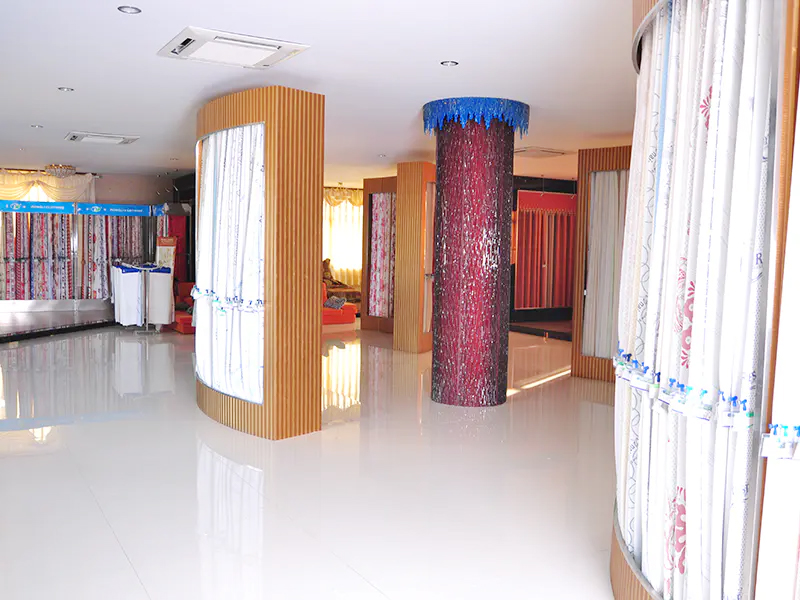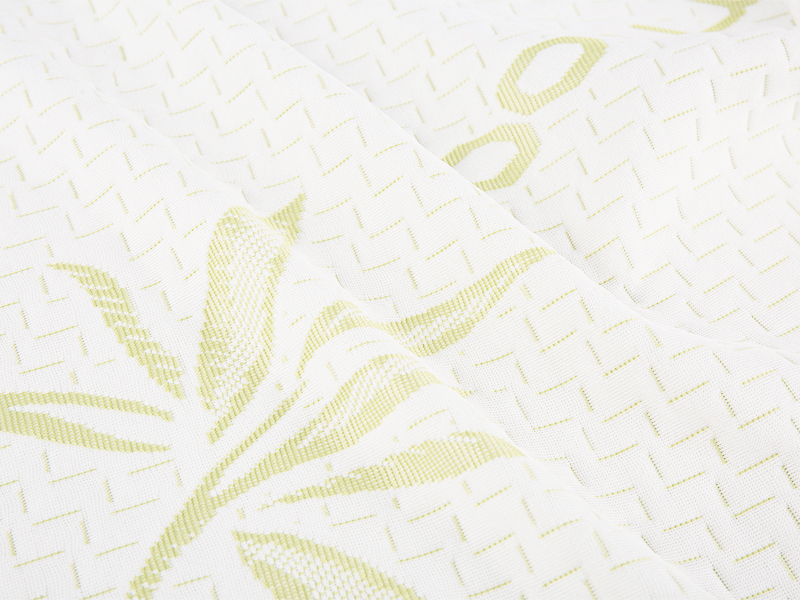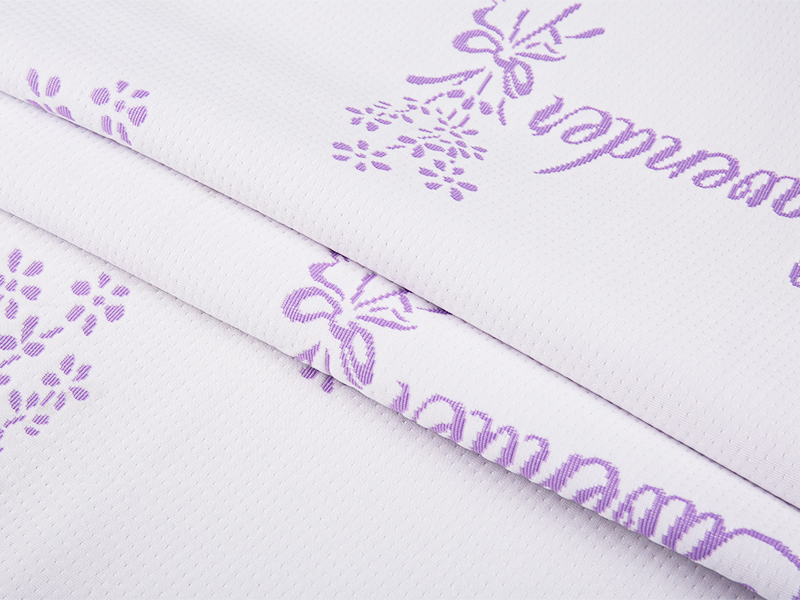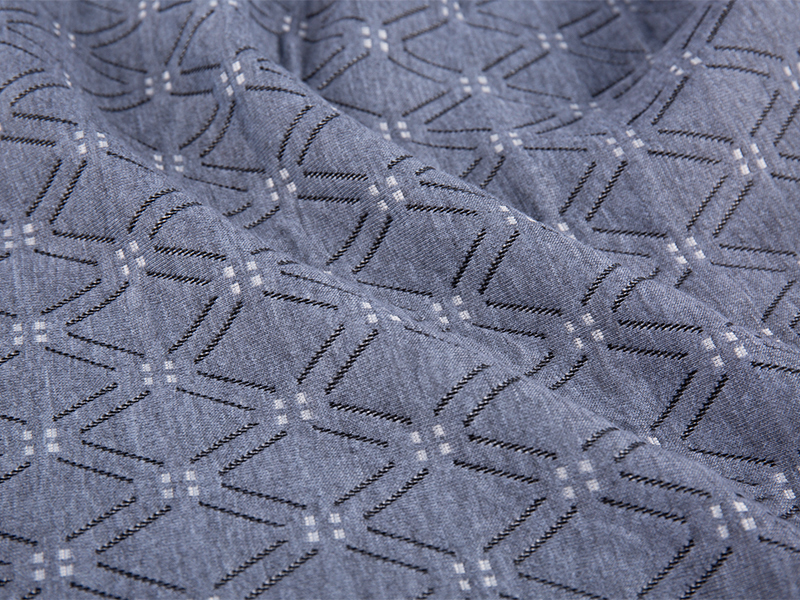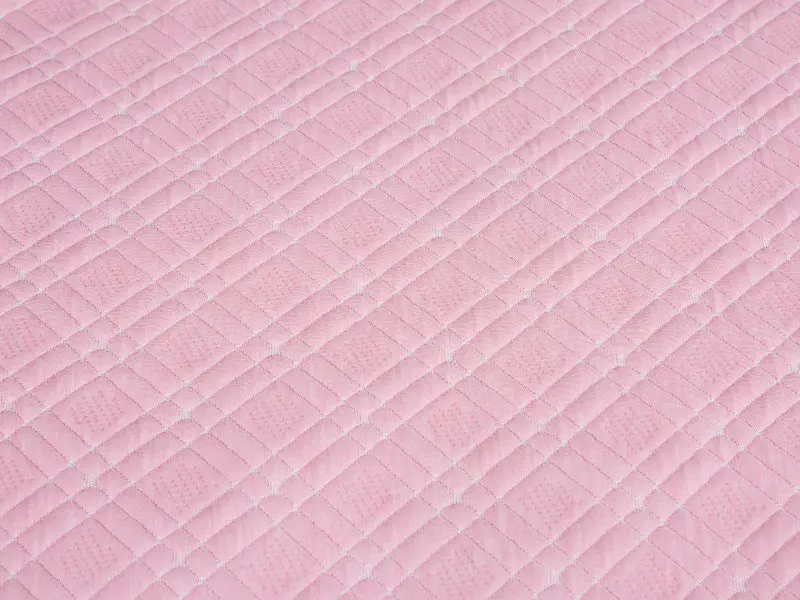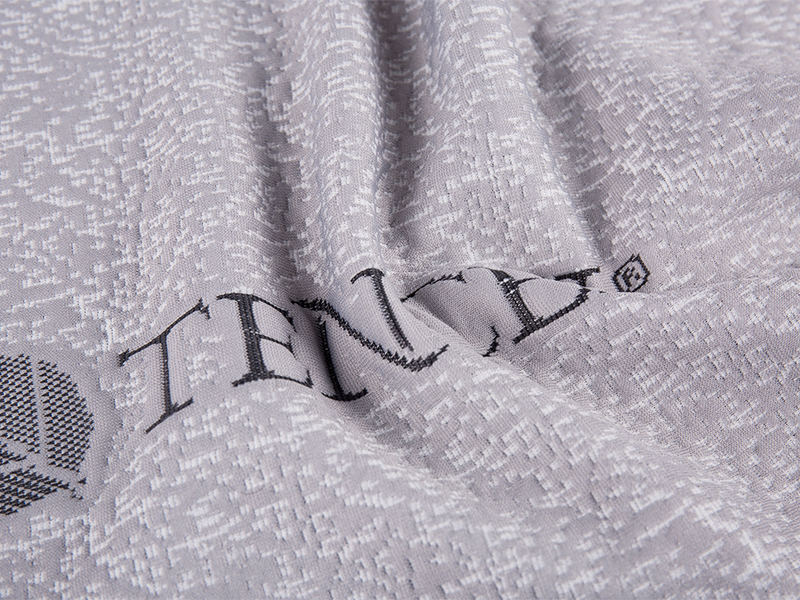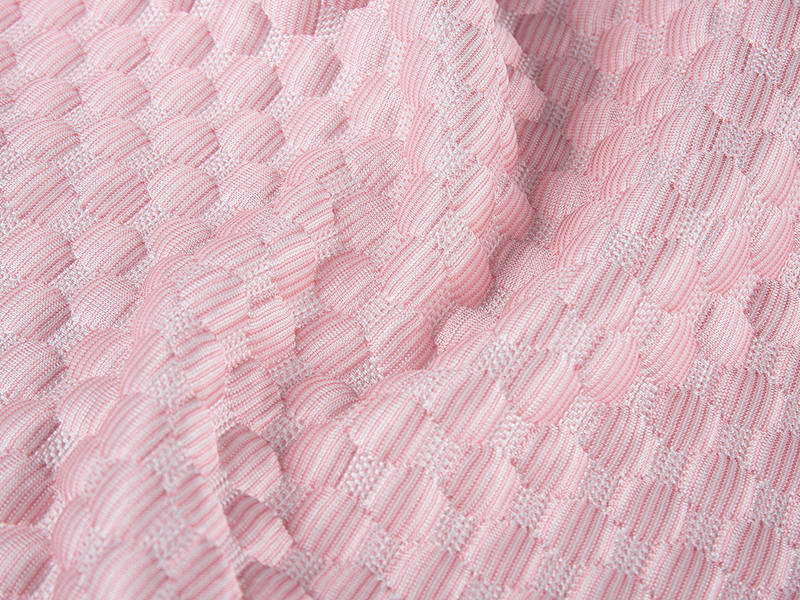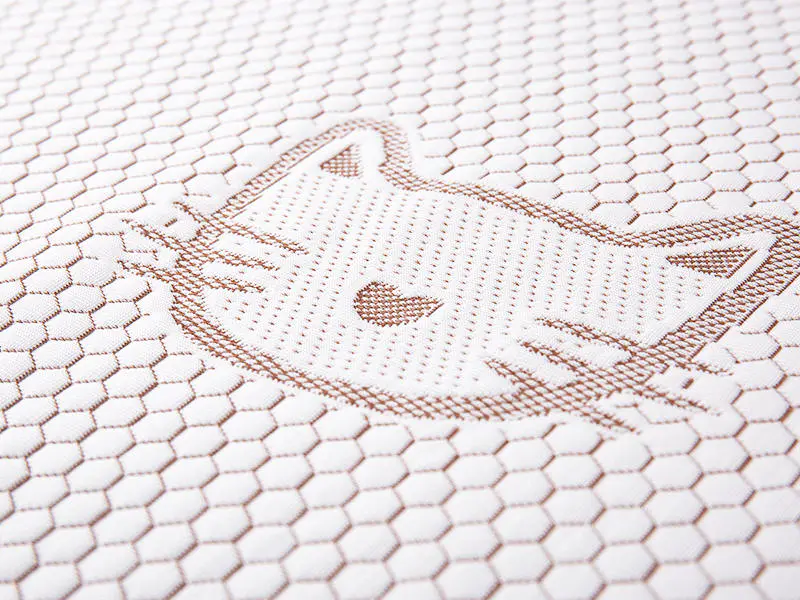- 1 What is Polyester Mattress Fabric?
- 2 Polyester Mattress Fabric: The Core of Modern Sleep Comfort
- 3 Advantages and Limitations of Polyester Mattress Fabric
- 4 Practical Guide to Choosing High-Quality Polyester Mattress Fabric Mattresses
- 5 Summary
What is Polyester Mattress Fabric?
Polyester Mattress Fabric is a mattress fabric made primarily from polyester fibers. Polyester is a synthetic fiber with high strength, wear resistance, wrinkle resistance, and tensile strength. After different processing techniques, Polyester Mattress Fabric can be used in knitted, jacquard, printed, dyed, and other fabric productions, widely applied to mattresses, pillowcases, sofas, and other home textiles.
Characteristics and Parameter Comparison of Polyester Mattress Fabric
| Performance Indicator | Polyester Mattress Fabric | Cotton Fabric | Blended Fabric |
|---|---|---|---|
| Softness (1-5) | 4 | 5 | 4 |
| Breathability (1-5) | 3 | 5 | 4 |
| Durability (1-5) | 5 | 3 | 4 |
| Wrinkle Resistance (1-5) | 5 | 2 | 4 |
| Moisture Absorption | Low | High | Medium |
| Service Life (years) | 8-10 | 5-7 | 6-8 |
Note: 1 is the lowest and 5 is the highest; service life is estimated under normal use conditions.
Polyester Mattress Fabric: The Core of Modern Sleep Comfort
In modern mattress design, comfort is not only derived from the mattress core (springs, latex, memory foam) but also closely related to the choice of surface fabric. Polyester Mattress Fabric is called "the core of modern sleep comfort" because it balances texture, functionality, and durability, making it a preferred top-layer material for most mattresses.
Why Polyester Mattress Fabric Enhances Sleep Comfort?
1. Balance of Softness and Support
Polyester Mattress Fabric is usually stretched and woven to maintain surface softness while preserving tension, conforming to the mattress structure without affecting its rebound.
2. Temperature and Moisture Regulation
Although polyester has low moisture absorption, modern techniques such as hollow fibers and breathable knit structures improve air circulation, preventing heat accumulation during sleep.
3. Long-Term Stability
Compared with natural fabrics, Polyester Mattress Fabric resists stretching and wear, making it suitable for high-frequency use in homes and hotels.
Comfort Performance Comparison (Polyester vs Cotton vs Blended)
| Performance Indicator | Polyester Mattress Fabric | Cotton Fabric | Blended Fabric |
|---|---|---|---|
| Surface Softness (1-5) | 4 | 5 | 4 |
| Breathability (1-5) | 3 | 5 | 4 |
| Temperature Regulation (1-5) | 3 | 4 | 4 |
| Durability (1-5) | 5 | 3 | 4 |
| Wrinkle Resistance (1-5) | 5 | 2 | 4 |
| Service Life (years) | 8-10 | 5-7 | 6-8 |
Modern Technological Innovations in Polyester Mattress Fabric
- Improved Breathable Structure: Needlework or hollow fiber structures enhance airflow.
- Anti-Bacterial and Anti-Mite Treatment: Reduces allergens through chemical or physical methods.
- Eco-friendly Polyester: Some fabrics use recycled materials to reduce carbon footprint.
In summary, Polyester Mattress Fabric balances comfort, durability, and cost, making it a key material in modern sleep products, especially for long-lasting, cost-effective, and easy-to-maintain mattresses.
Advantages and Limitations of Polyester Mattress Fabric
Main Advantages
- High Durability: Polyester fibers are strong, resistant to stretching and wear.
- Wrinkle Resistance: Keeps mattress surface flat and smooth.
- Cost-effective: Mature raw materials and production processes make it affordable.
- Easy to Clean and Maintain: Resistant to stains, washable, and does not shrink easily.
- Good Anti-Mold and Anti-Bacterial Properties: Low moisture absorption prevents mold growth.
Limitations
- Relatively Low Breathability: Moisture removal is slow, may feel hot in summer.
- Texture Less Natural: Still slightly firmer than cotton or silk.
- Static Electricity: Can attract dust during dry seasons.
- Environmental Concerns: Traditionally petroleum-based, though recycled options exist.
Performance Advantages and Limitations Comparison
| Performance Indicator | Advantages | Limitations |
|---|---|---|
| Durability | High tensile strength, resistant to damage | - |
| Breathability | Medium, can be improved with fabric structure | Natural fabrics are better; can feel hot in summer |
| Softness | Comfortable after treatment | Slightly firmer than cotton/silk |
| Moisture Absorption | Resistant to mold and bacteria | Moisture removal is slower |
| Price | Low cost, high value | - |
| Eco-friendliness | Recycled polyester improves sustainability | Traditional source relies on petrochemicals |
Practical Guide to Choosing High-Quality Polyester Mattress Fabric Mattresses
1. Check Basic Fabric Performance Indicators
| Key Performance | Quality Standard | Testing Method/Reference |
|---|---|---|
| Fabric Weight | Above 250g/m² (thicker fabrics are more durable) | Fabric label or manufacturer report |
| Tensile Strength | Warp ≥ 350N, Weft ≥ 250N | Tensile testing |
| Color Fastness | ≥4 (dry and wet rubbing) | National standard test |
| Breathability | ≥200mm/s (varies by process) | Ventilation testing |
| Pilling Resistance | ≥4 grade | Martindale tester |
2. Certifications and Quality Assurance
Choose fabrics with international or national quality certificates, such as:
- ISO9001: Quality system accreditation
- EU REACH inspection for environmental compliance
- Oeko-Tex Standard 100 certification for safe textile use
3. Manufacturer Background
Hangzhou Xiaoshan RongLi Clothing Co., Ltd. was established in 1989 and has been a professional company dedicated to modern mattress fabric. Covering 100,000㎡, the company has earned honors including "AAA enterprise", "Xiaoshan brand products", and "Hangzhou famous brand" for its "Rongli trademark". It integrates design, production, R&D, and sales of home textiles, and uses advanced weaving machinery imported from West Germany and Italy. Fabrics produced include jacquard, printed, dyed, color-dyed, knitting mattress, tatting, and thermal transfer printed materials. Fabrics are widely applied to cushions, mattresses, pillow covers, sofas, and other home textiles, and products are sold internationally, enjoying high reputation and popularity.
4. Practical Tips for Selection
- Choose the appropriate fabric type according to mattress function: knitted for elasticity, jacquard for appearance, printed or dyed for aesthetics.
- Check thickness and weight: thicker fabrics provide better durability and feel.
- Look for certifications: ISO9001, Oeko-Tex, EU REACH ensure quality and safety.
- Check fabric surface for uniformity and no defects.
- For long-term use, prioritize durability and anti-wrinkle fabrics.
Summary
Polyester Mattress Fabric is widely used in the mattress industry due to its balance of durability, comfort, and cost-efficiency. Choosing the right fabric type, weight, and quality certification ensures both comfort and longevity, making it a crucial factor for modern sleep solutions.
